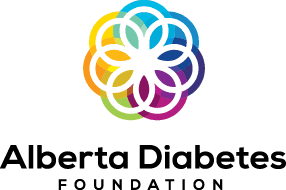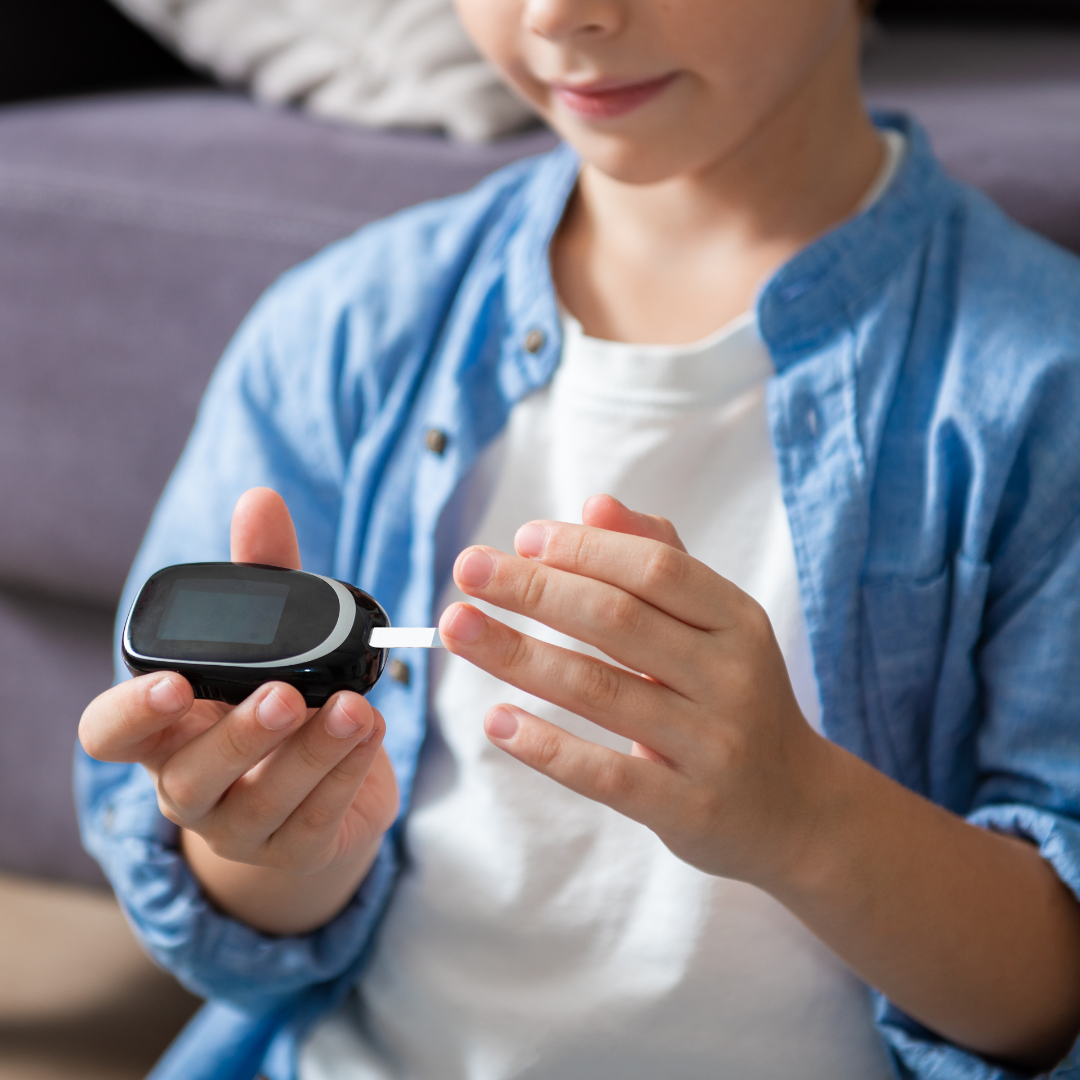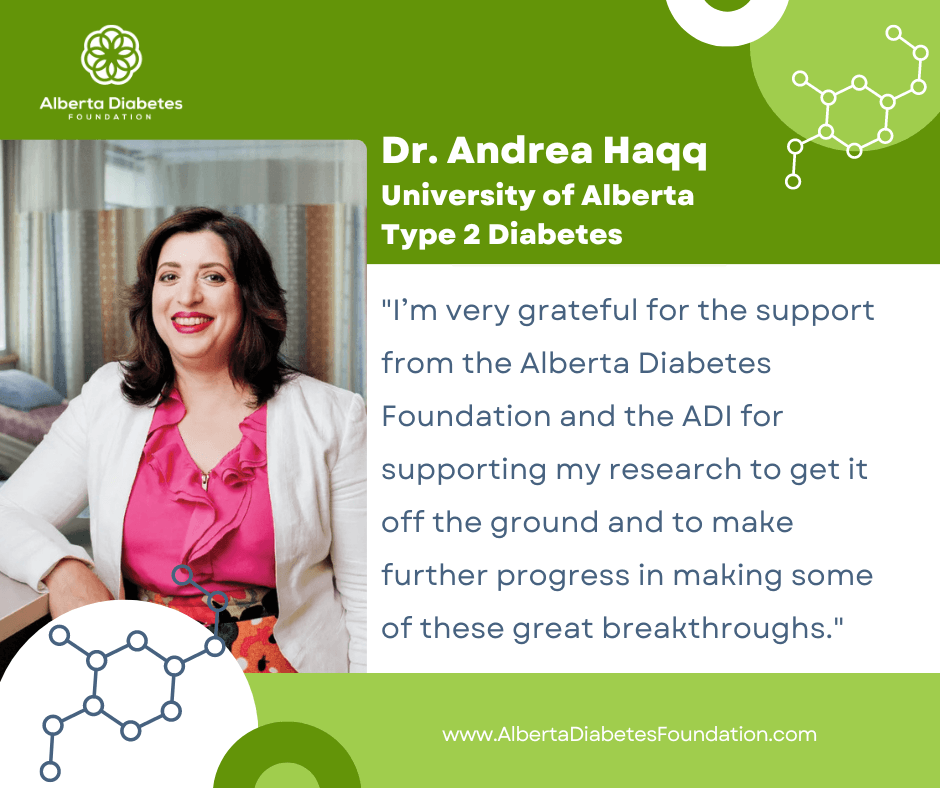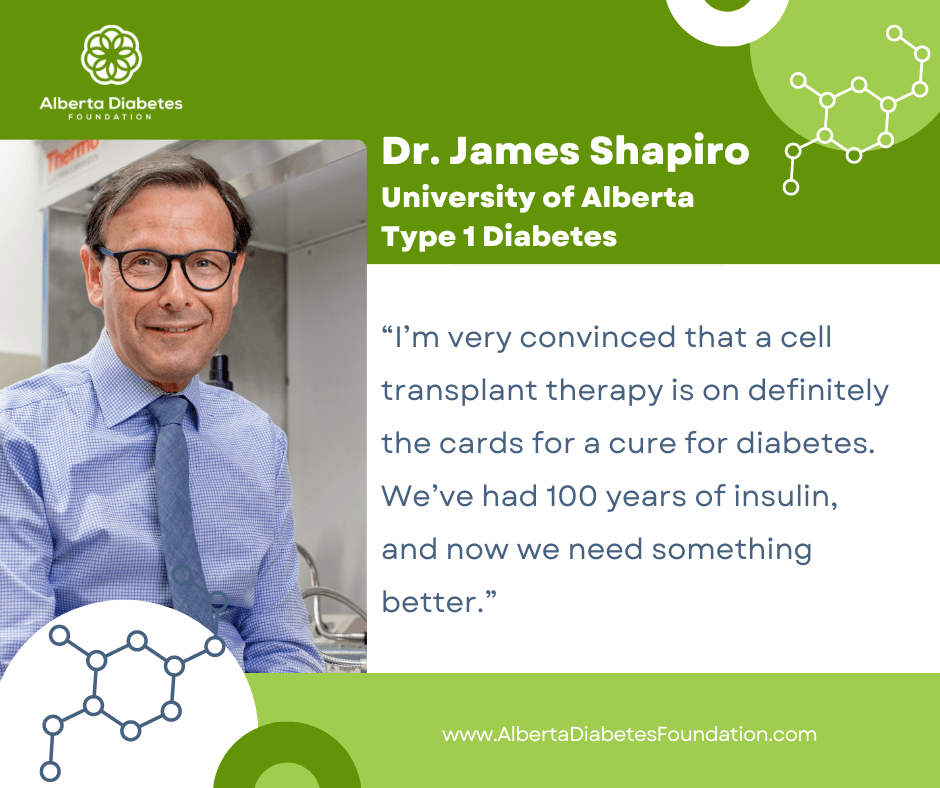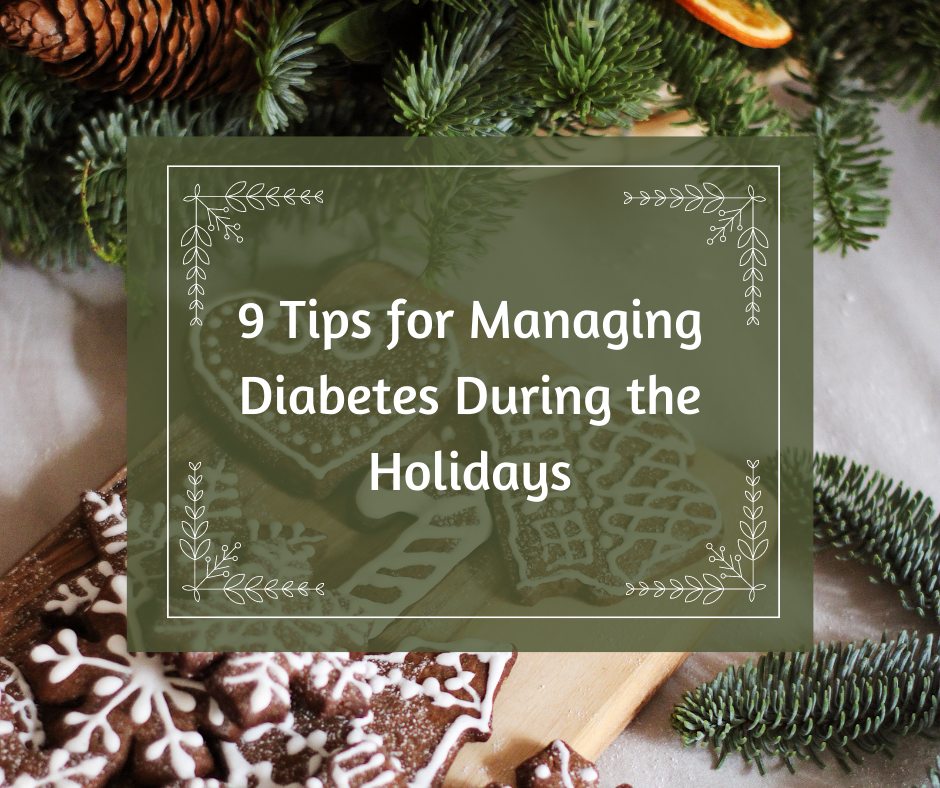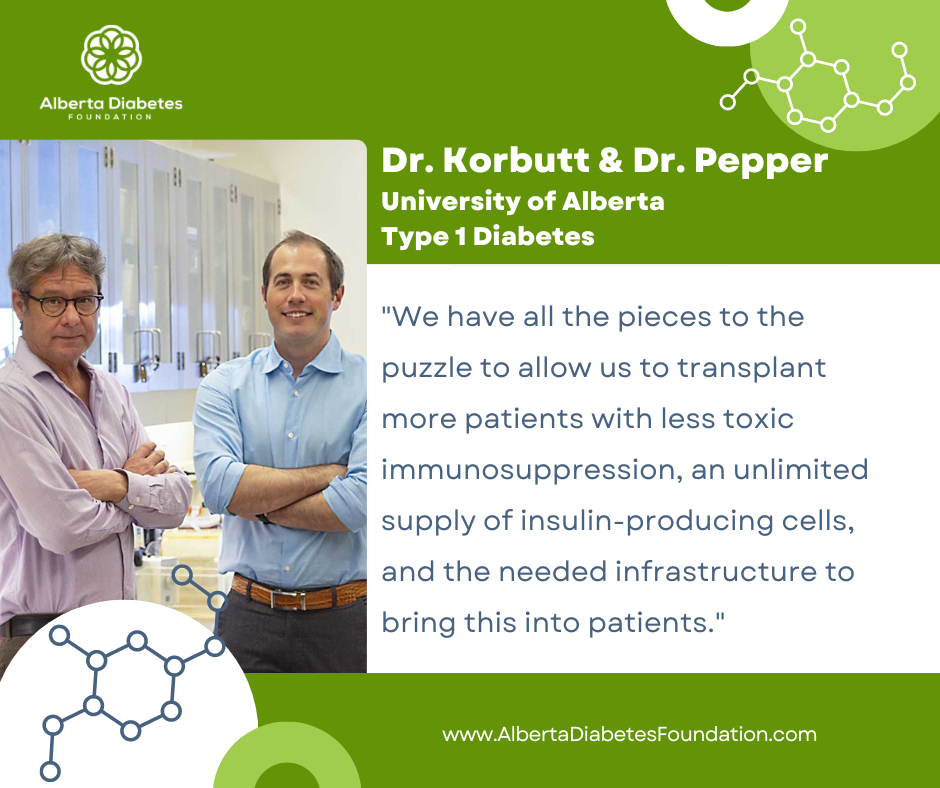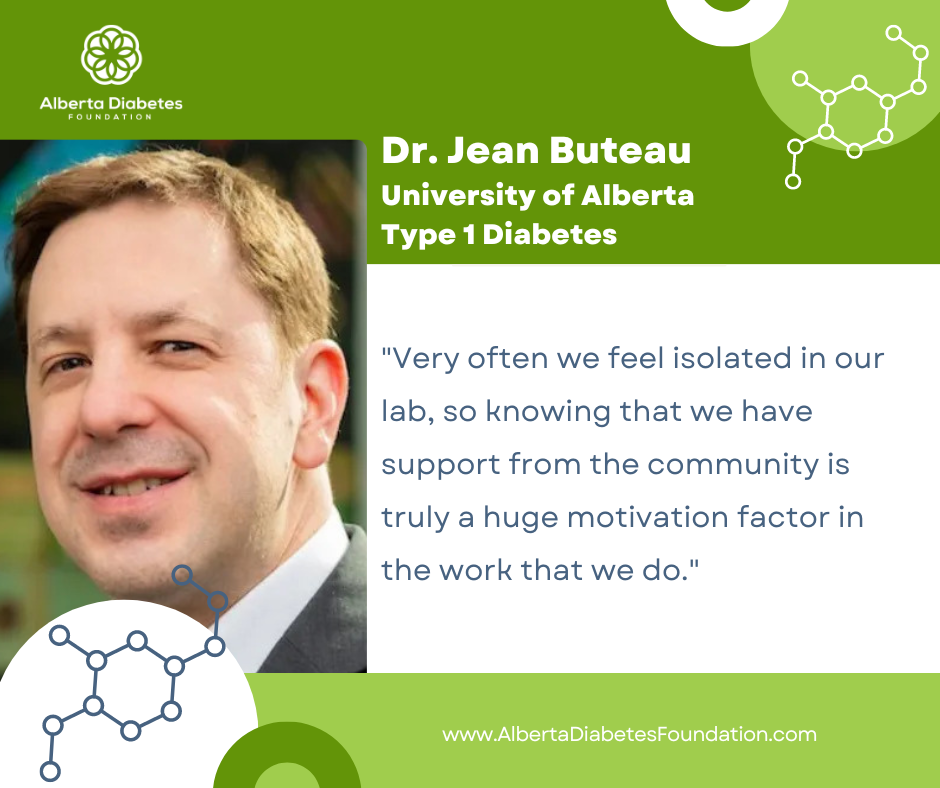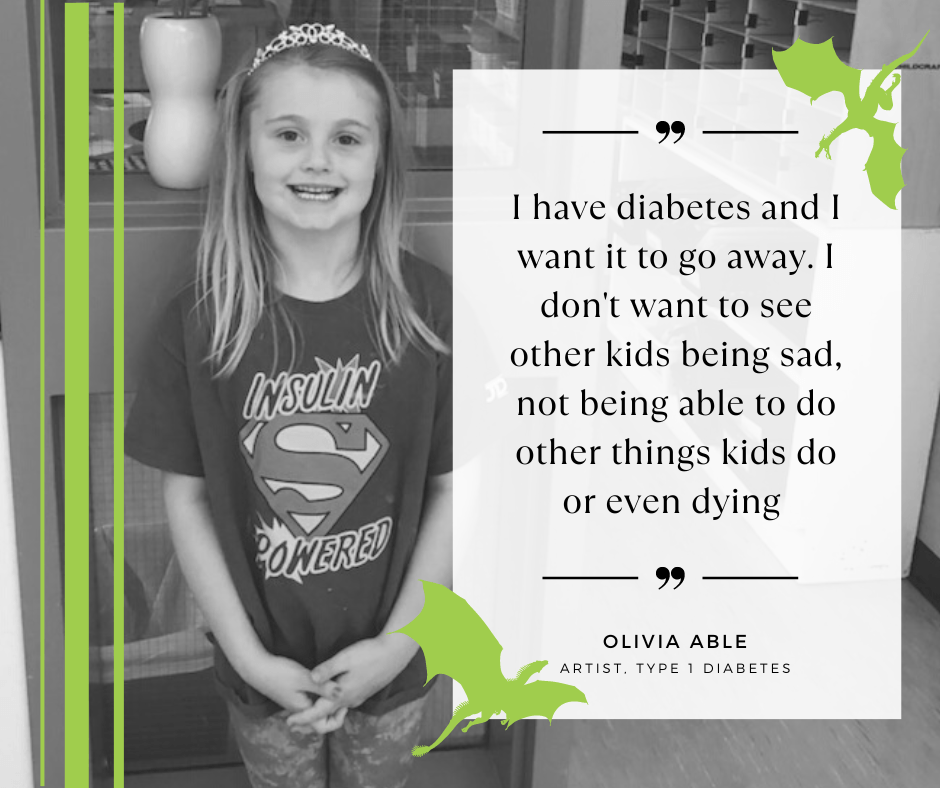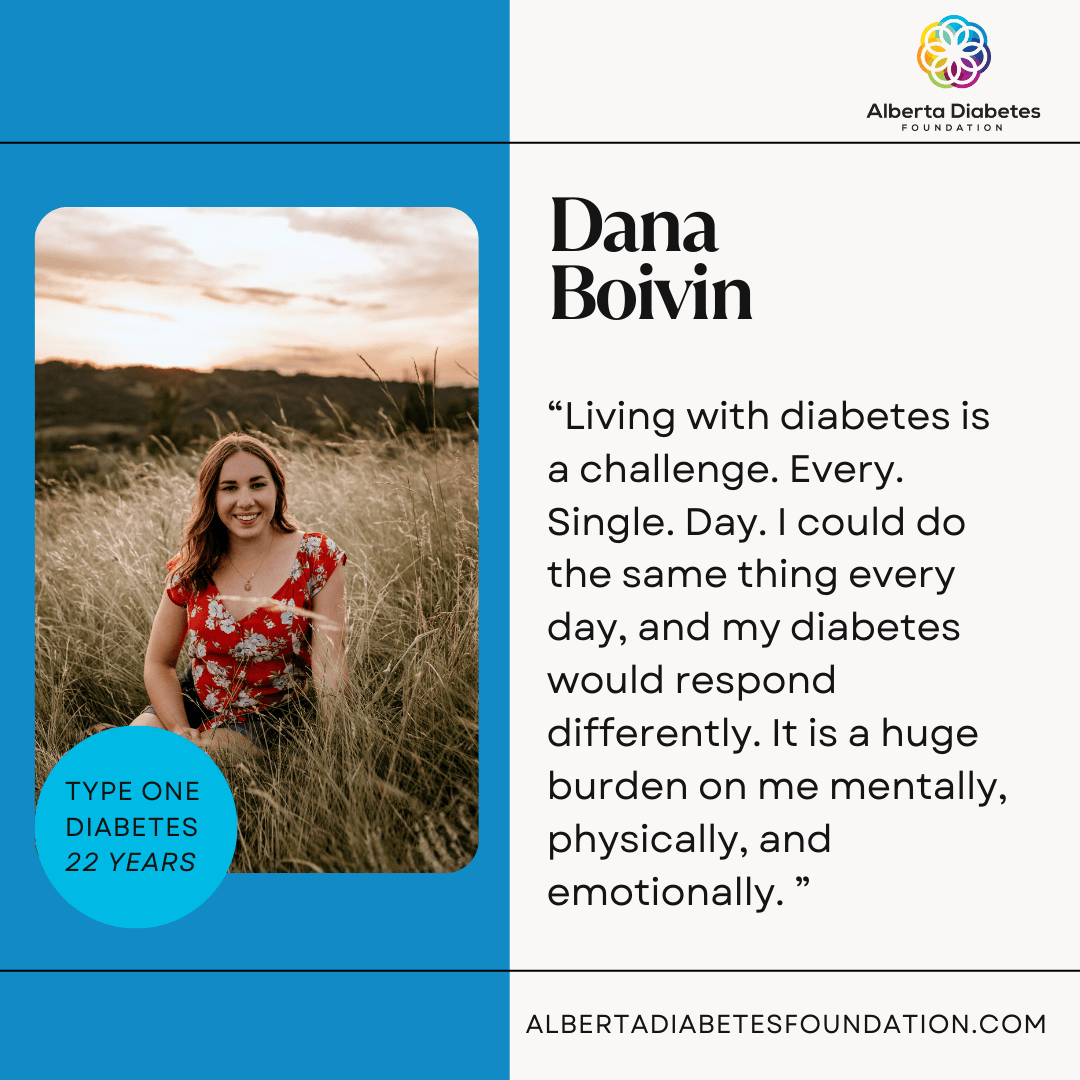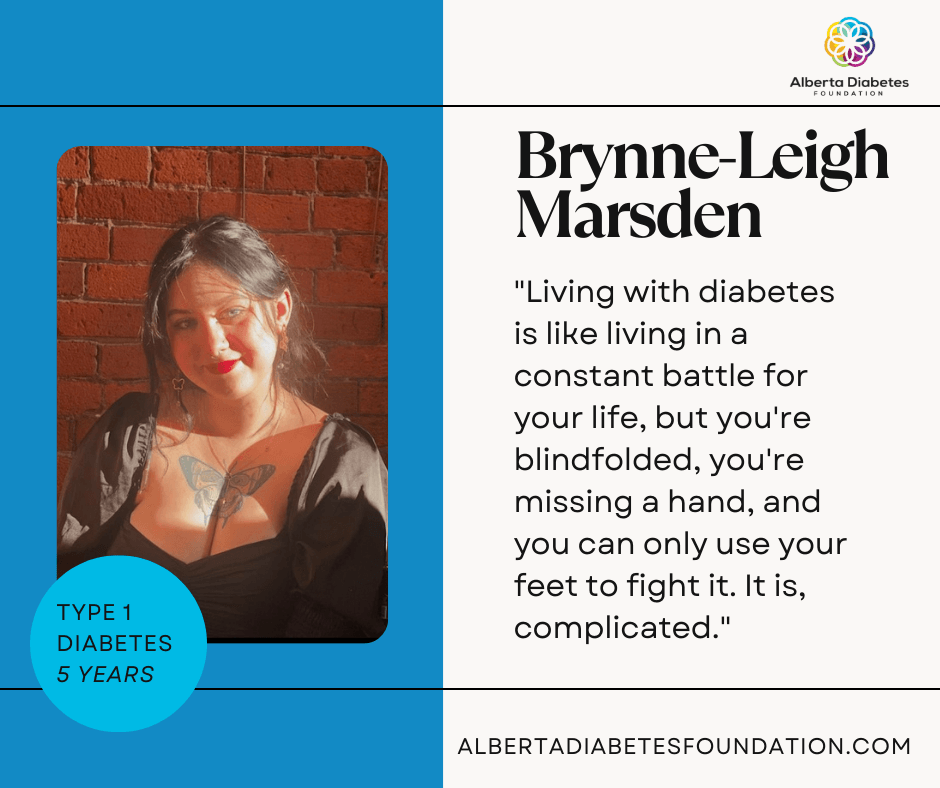Food Fight: Fact or Fiction?
This post was written by Erika Brown
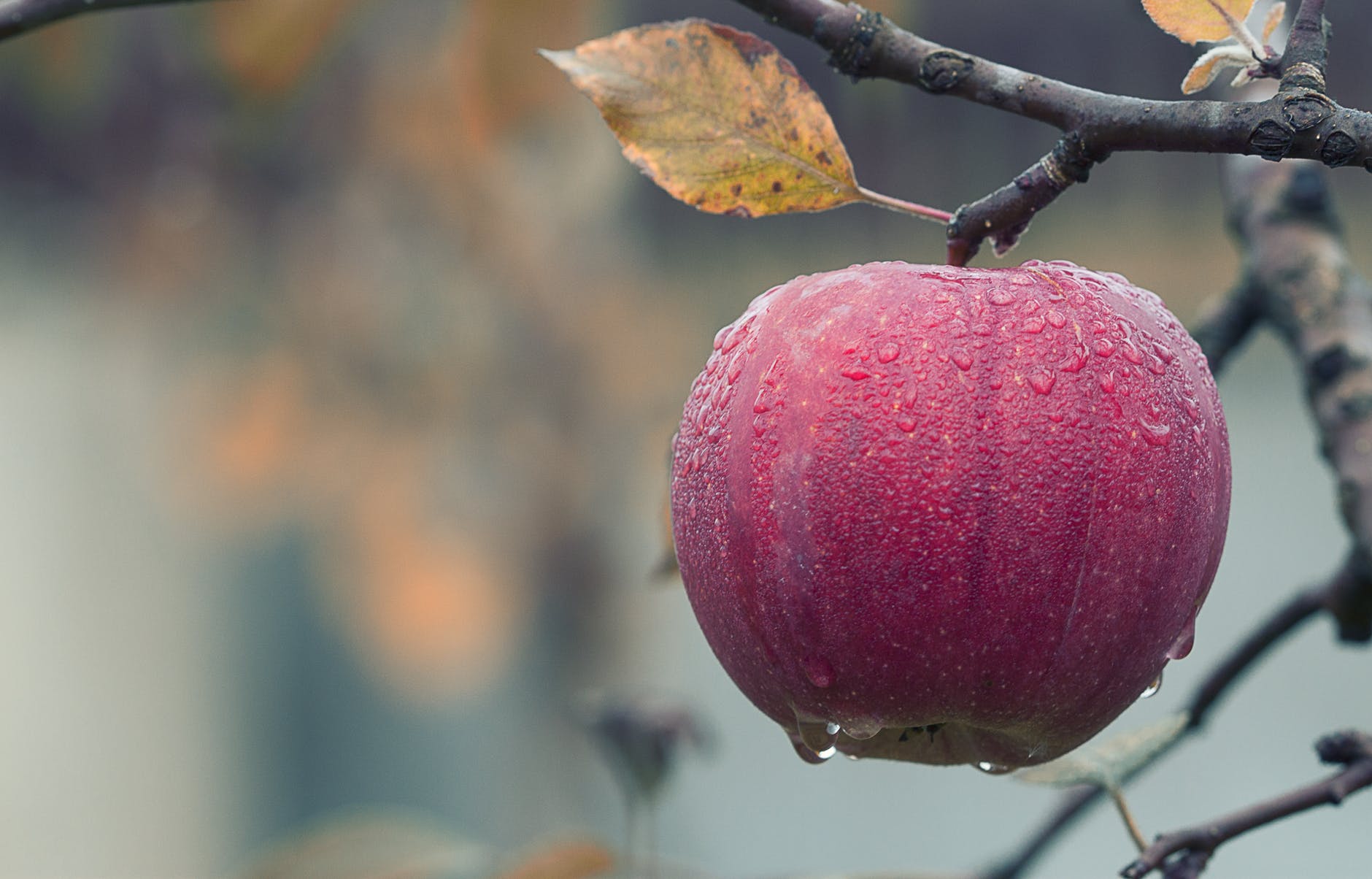
There’s a million ways food messaging is trying to trick you. Whether it’s misleading advertising, confusing food claims or even just rumour. To help you navigate these nutritional waters, this week I’ve opted to bust some common health myths for people with diabetes.
MYTH: Brown sugar is healthier than white sugar
This one seems to come from the common rule that brown is best. While this rule applies to foods like rice, pasta and bread, it doesn’t apply to all foods. Nutritionally speaking, all refined sugars are pretty much the same, whether it’s brown sugar, honey or organic evaporated cane syrup. Each and every one of them are concentrated sources of calories and carbohydrate with very few other nutrients. Plus, your body responds to them all in the same way. The best choice is the one you use in the smallest amount.
MYTH: Multigrain and whole grain are the same
They may sound like the best thing since sliced bread, but foods labeled “multigrain” aren’t all they’re cracked up to be. All “multigrain” means is the product includes multiple grains, which may or may not be whole grains. If they’re refined, they’ve been stripped of their fibre, which makes them digest much faster, causing greater spikes in blood sugar. Whole grains, however, have all of their fibre and nutrients intact. To get all the benefits, make sure to look for those two words!
MYTH: You need nutrition supplements to be healthy
Contrary to what supplement companies tell you, most people can meet their vitamin and mineral needs with a well-balanced diet. There are certain groups that may require some extra nutrients from supplements. Those groups include, but are not limited to, older individuals, pregnant or breastfeeding women and those with restricted diets. But whenever possible, it’s always best (and tastiest!) to get your nutrients from foods.
MYTH: “Fat free” means healthy
Fat got a bad wrap for decades, paving the way for a plethora of fat-free foods. But just because a food is low fat or fat-free it doesn't mean it's healthy. Many of these products are still high in sugar and calories, like pop, candy and fat-free desserts. When it comes to eating well, it’s more important to replace the less healthy fats (saturated and trans fats), with heart-healthy unsaturated fats, like the kinds found in fish, avocado, nuts and seeds.
MYTH: Ditch the salt shaker, ditch the salt
When it comes to eating too much sodium, it isn’t the shaker that’ll make or break you. Over 75% of the sodium we eat comes from processed foods and restaurants. Very little actually comes from the salt shaker. To limit your sodium, choose fewer pre-packaged foods and restaurant meals, and enjoy lower sodium foods that you can cook at home. And don’t be fooled: sea salt, as fancy as it sounds, is not a healthier choice. Even if it’s pink!
For nutrition information you can trust, look no further than the Pure Prairie Eating Plan. Along with tasty recipes and practical menus, the book is chock-full of evidence-based answers to all your nutrition questions.
LET'S WORK TOGETHER TO FIND A CURE.
VISIT US
1-020 Li Ka Shing Centre
University of Alberta
Edmonton, AB, T6G 2E1
Office Hours
Monday-Friday 8:30-4:00
If you would like to set up an appointment at our office, please set up an appointment by contacting us at
info@abdiabetes.com
